When we talk about contemporary architecture that feels light, open, and timeless, one name often stands out: Renzo Piano. The Italian architect is celebrated for his elegant, human-centered buildings that embrace light, structure, and sustainability. Let’s take a closer look at Piano’s life, design philosophy, and some of his most iconic works around the globe. Early Life & Background Renzo Piano was born in Genoa, Italy in 1937, into a family of builders. His father and grandfather were contractors, which gave him early exposure to the world of construction and craftsmanship. He studied at the Politecnico di Milano, where he began developing a fascination with engineering, structure, and lightness in design. Global Breakthrough: The Centre Pompidou Piano rose to global fame in the 1970s with the design of the Centre Pompidou in Paris, which he co-designed with Richard Rogers. This revolutionary building flipped architecture inside out—pipes, ductwork, and structural elements were exposed, creating an industrial yet artistic expression of public space. Though controversial at the time, the Pompidou now stands as a landmark of high-tech architecture and creativity. Design Philosophy Renzo Piano believes architecture should be “invisible”—not drawing attention to itself, but serving the people who use it. He often works with: His goal: to make spaces that feel good to be in, both emotionally and environmentally. Iconic Projects by Renzo Piano Let’s look at some of the masterpieces that define his career: 1. The Shard – London, UK One of the most recognizable modern towers, The Shard is a …
Renzo Piano: The Mastermind Behind Transparent Architecture
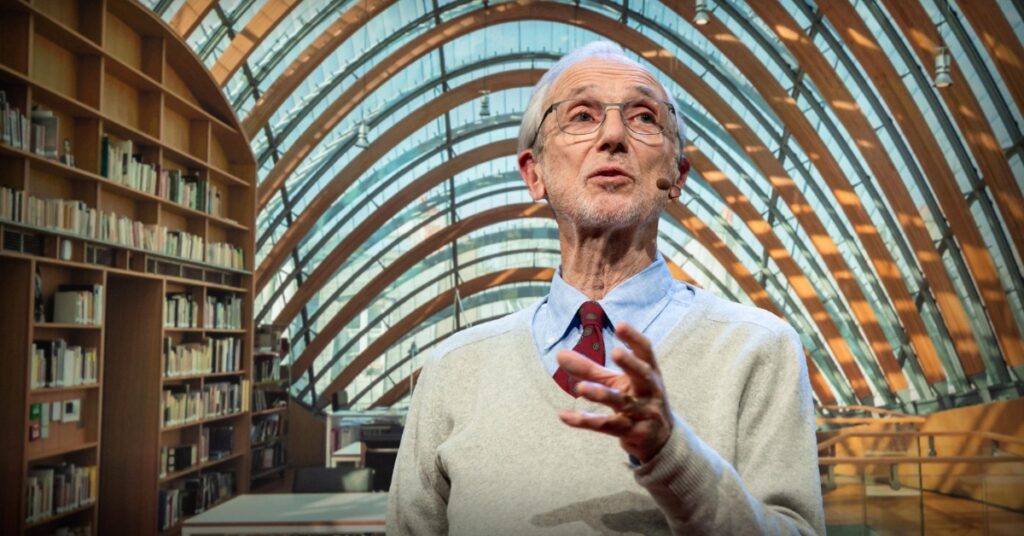
When we talk about contemporary architecture that feels light, open, and timeless, one name often stands out: Renzo Piano. The Italian architect is celebrated for his elegant, human-centered buildings that embrace light, structure, and sustainability.
Let’s take a closer look at Piano’s life, design philosophy, and some of his most iconic works around the globe.
Early Life & Background
Renzo Piano was born in Genoa, Italy in 1937, into a family of builders. His father and grandfather were contractors, which gave him early exposure to the world of construction and craftsmanship.
He studied at the Politecnico di Milano, where he began developing a fascination with engineering, structure, and lightness in design.
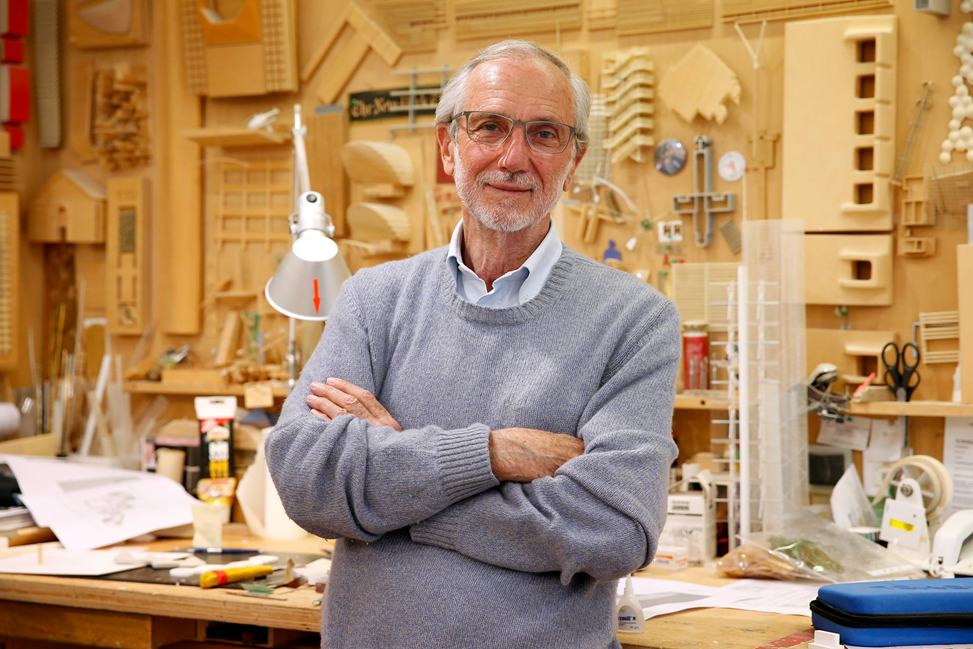
Global Breakthrough: The Centre Pompidou
Piano rose to global fame in the 1970s with the design of the Centre Pompidou in Paris, which he co-designed with Richard Rogers.
This revolutionary building flipped architecture inside out—pipes, ductwork, and structural elements were exposed, creating an industrial yet artistic expression of public space.
Though controversial at the time, the Pompidou now stands as a landmark of high-tech architecture and creativity.
Design Philosophy
Renzo Piano believes architecture should be “invisible”—not drawing attention to itself, but serving the people who use it. He often works with:
- Lightweight materials
- Natural light and transparency
- Human scale and warmth
- Sustainability and innovation
His goal: to make spaces that feel good to be in, both emotionally and environmentally.
Iconic Projects by Renzo Piano
Let’s look at some of the masterpieces that define his career:
1. The Shard – London, UK
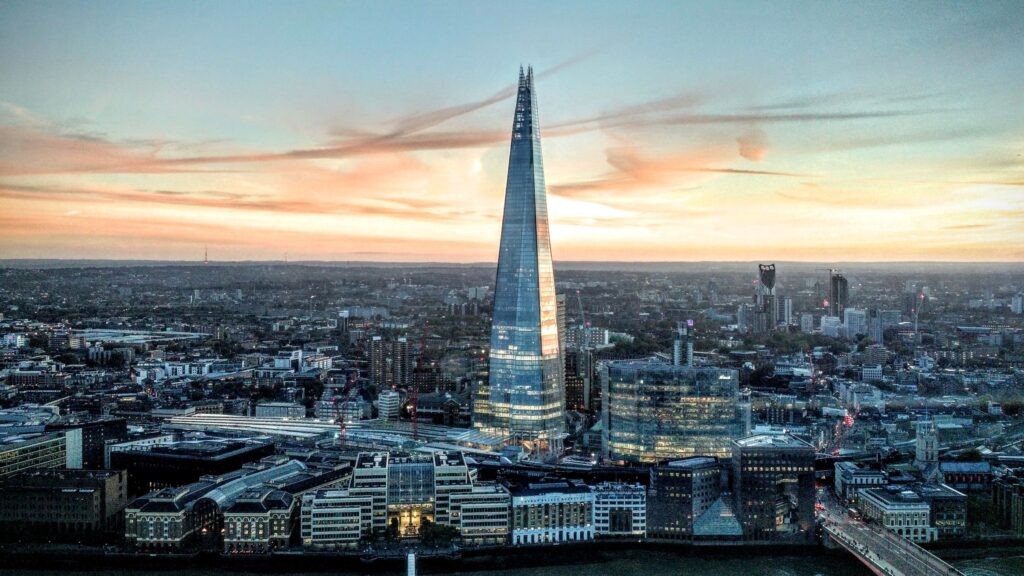
One of the most recognizable modern towers, The Shard is a 95-story glass skyscraper that reshaped London’s skyline.
- Height: 310 meters
- Usage: Offices, restaurants, hotel, and residences
- Design highlight: Its jagged glass façade reflects the sky, making it almost disappear from certain angles.
2. Whitney Museum of American Art – New York, USA
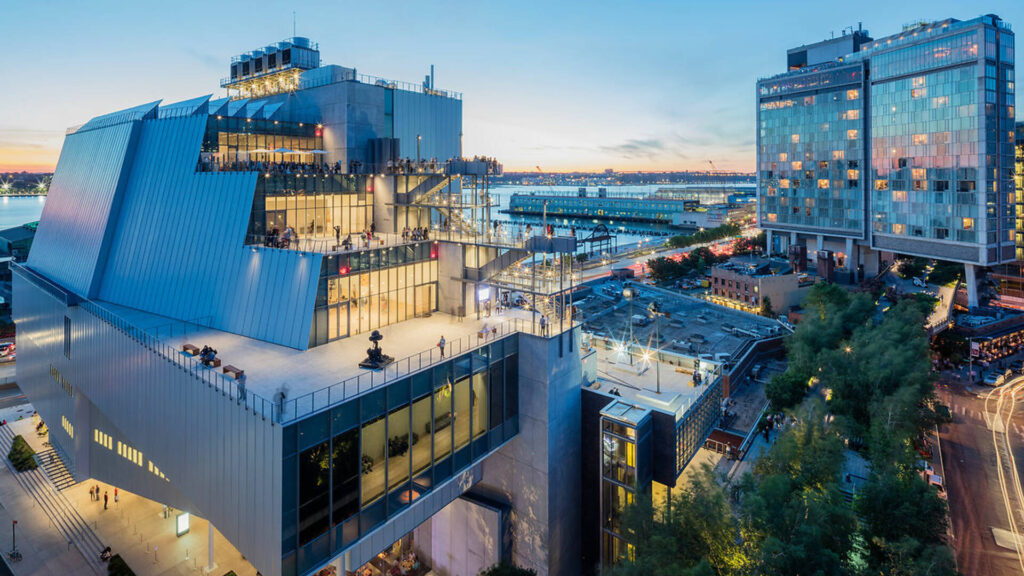
Located in Manhattan’s Meatpacking District, this cultural hub blends openness with industrial flair.
- Completed: 2015
- Materials: Steel, glass, and concrete
- Designed to offer flexible gallery spaces and sweeping views of the Hudson River.
3. California Academy of Sciences – San Francisco, USA
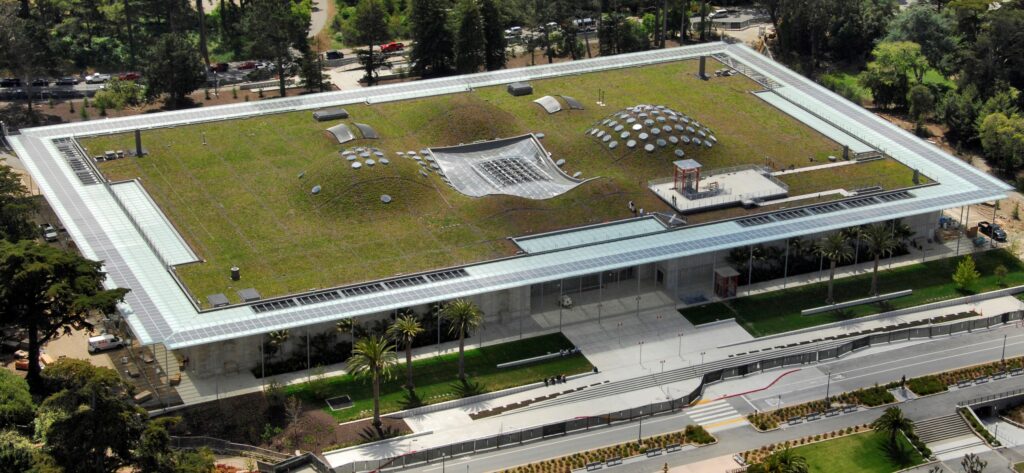
A shining example of green architecture, this natural history museum features a living roof and energy-efficient systems.
- Features: Living rooftop, planetarium, aquarium
- Award-winning for its sustainable design
- Built to blend into Golden Gate Park’s natural environment.
4. Kansai International Airport – Osaka, Japan
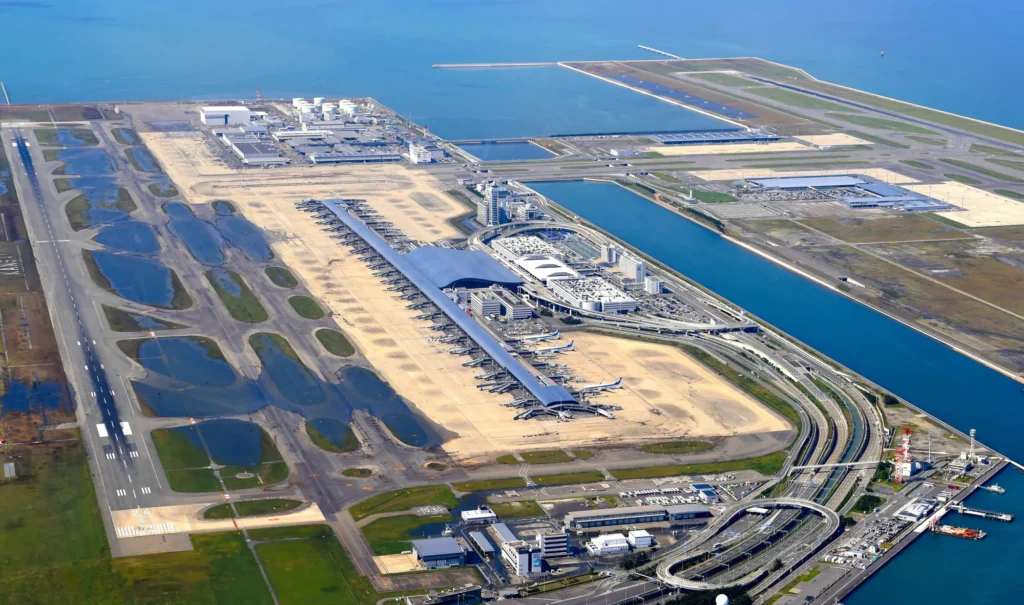
Built on an artificial island, this airport is an engineering marvel and an architectural beauty.
- Notable for: Its sweeping, wave-like roof
- Designed to withstand earthquakes and typhoons
- Combines aesthetics with function on a massive scale
5. Stavros Niarchos Foundation Cultural Center – Athens, Greece
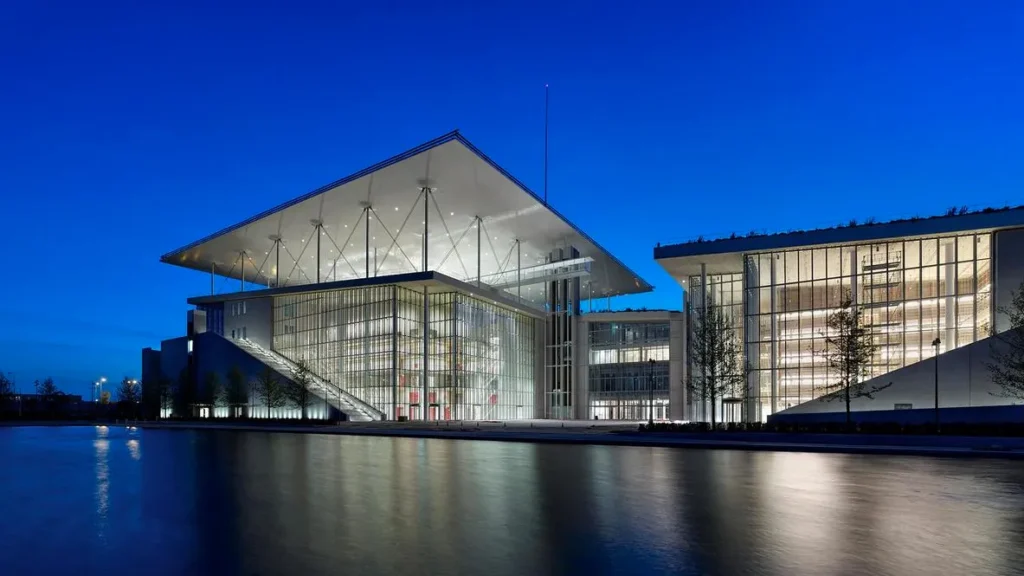
A symbol of modern Greece, this cultural complex houses the national library and opera.
- Noted for: Sustainability, solar canopy, and public green space
- Offers panoramic views of Athens and the sea
- Focused on accessibility and openness
Also Read – Zaha Hadid: Fluid Forms Beyond Function
Awards & Recognition
Renzo Piano has received many prestigious awards, including:
- Pritzker Architecture Prize (1998)
- RIBA Royal Gold Medal
- AIA Gold Medal
- Named a UNESCO Goodwill Ambassador for Architecture
- Knighted by the Italian and French governments
He also founded the Renzo Piano Building Workshop, which operates from Genoa, Paris, and New York.
Did You Know? Piano’s Ties to India
While Renzo Piano hasn’t yet designed a major building in India, his approach deeply resonates with climate-sensitive and people-centric design — a growing trend among Indian architects.
He has spoken about India’s urban density, craftsmanship, and potential for innovation in several global forums.
Legacy and Influence
What makes Renzo Piano stand out is his ability to combine emotion with engineering. His buildings are not flashy, but they’re unforgettable in how they feel—light, clear, welcoming, and thoughtful.
He remains a mentor, thinker, and designer who pushes boundaries without abandoning simplicity and humility.
Final Thoughts
Renzo Piano is not just an architect; he’s a storyteller. His buildings speak quietly but powerfully—of transparency, humanity, and respect for nature.
From The Shard to science museums, his designs remind us that architecture is not just about what we see—it’s about how we feel inside it.


